I all
I have an old Vigor sewing machine (maybe from 1920), in good external condition.
I cleaned and oiled the links, the action is smooth but the machine is still not working.
I'm not so sure about the path of wire, nor if the shuttle is ok
When I try to advance the wire doesn't make a turn around the shuttle and makes a tangle, causing wire breakage. Maybe it's a timing trouble, or worn parts
Have some advice? I'm a noob of sewing machines, but I want to learn how to use
Saluti
Stefano
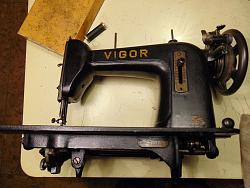

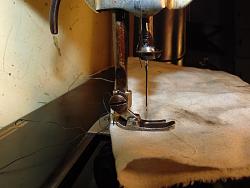
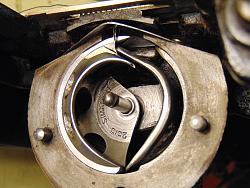
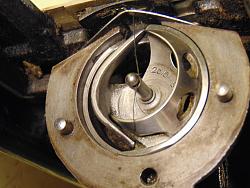
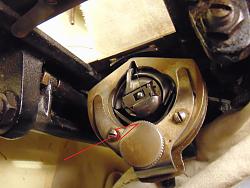


 LinkBack URL
LinkBack URL About LinkBacks
About LinkBacks
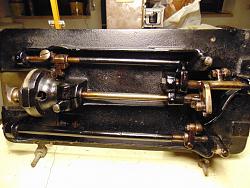
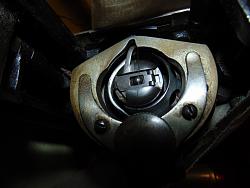
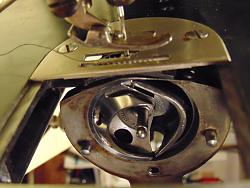
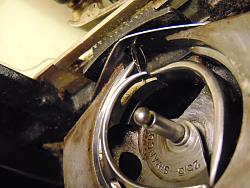



 Reply With Quote
Reply With Quote


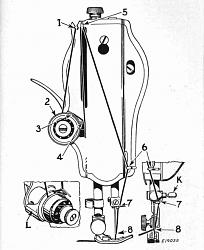
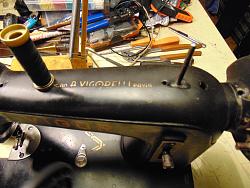


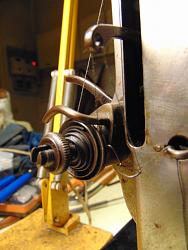
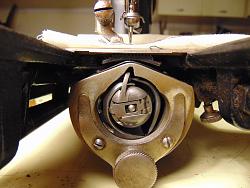
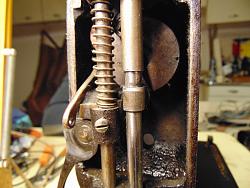



Bookmarks